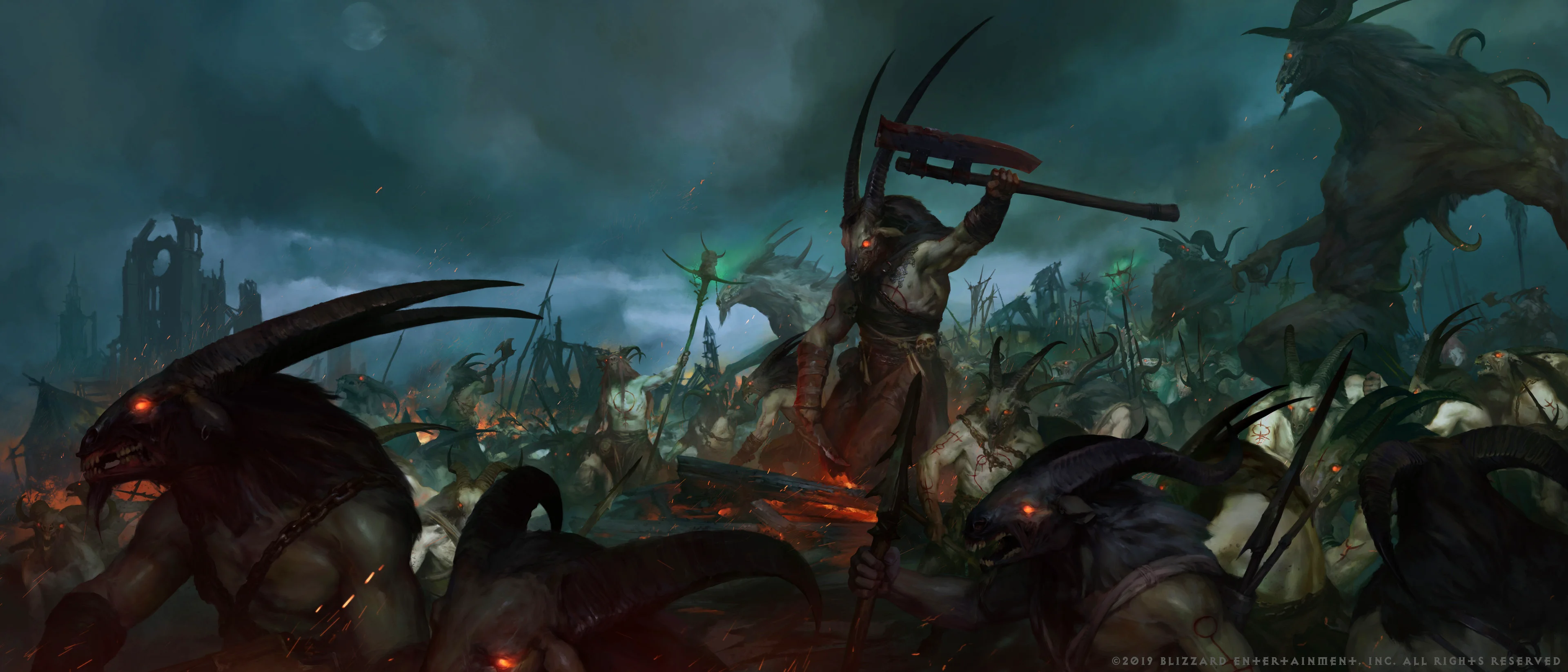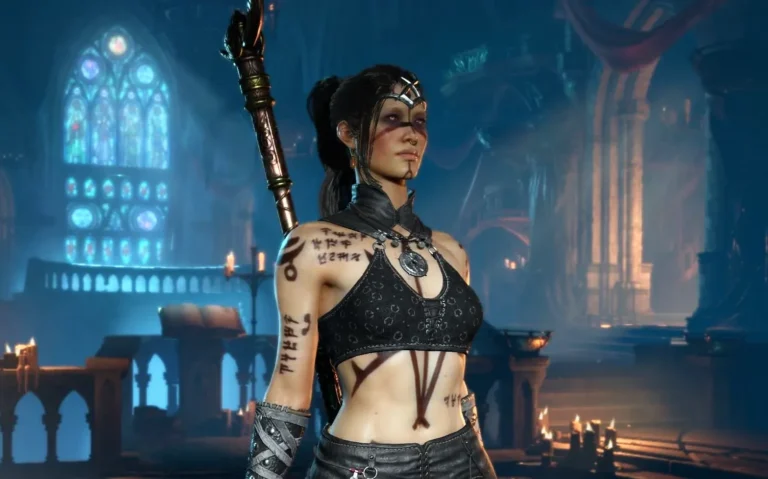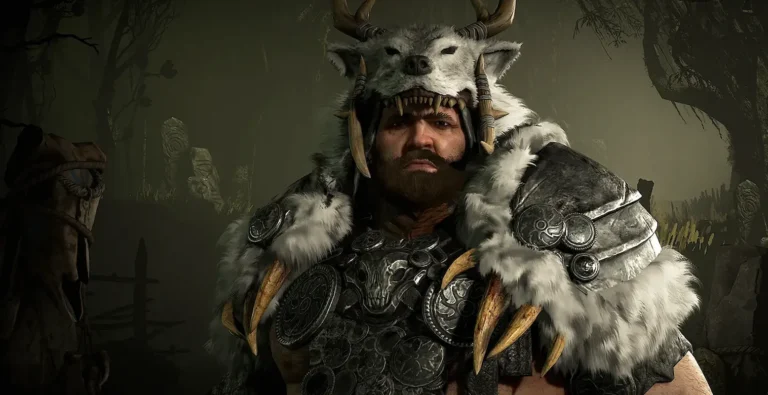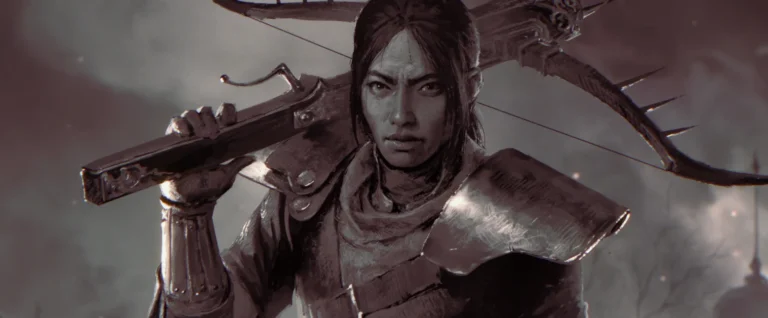With Diablo 4 currently in a quiet phase, patiently waiting for the next season or even expansion, and Titan Quest 2 having just launched in early access, it might be time for Blizzard to take notes.
The two games are miles apart in tone and style—Diablo 4 is much more gothic and bloody, Titan Quest 2 is more into myth and legend. However, both belong to the same competitive ARPG genre. And Titan Quest 2 is actually bringing in new systems and design ideas that feel surprisingly good.
So what could Diablo 4 learn from this new approach? A lot more than you would think.
Class Flexibility
Titan Quest 2 lets players pick and combine two masteries instead of locking into a predefined class. This system lets you be much more creative with your build. On top of that, you get way more choice when customizing your masteries: skills, modifiers, and more within each one. And if you’re not happy with your setup, you can easily respec everything.
Meanwhile, in Diablo 4, you pick a class and stick with it. And despite some flexibility within skill trees and Paragon boards, the core mechanics always stay the same. Each season, we can notice pretty much the same builds ranking on top, with players becoming more and more bored by the monotony of the gameplay. A lot of skills within classes are never used; you just don’t have much room to experiment with your character if you want a build that can make it past Tier 4.
Players think Diablo 4 could benefit from more build customization options, especially when it comes to class powers, which often don’t feel impactful. All the classes mainly use the exact same class power for their builds, because the rest doesn’t feel like it changes anything. If those were reworked into more meaningful masteries or modifiers, it would open up the door to many more build possibilities.
A World That Feels Open and Rewarding to Explore
Titan Quest 2’s world feels less like you’re just following a quest marker. Diablo 4 has beautiful zones, but the open world can sometimes feel both limited and empty. Titan Quest has optional bosses you can seek out on the map, more things to discover, and also more rewards.
What players think Diablo 4 could do is make exploration more rewarding and less predictable. Things like hidden events, secrets, optional bosses not pinpointed on the map, or alternative travel paths would go a long way. Basically, give players a reason to actually go around the open-world.
Right now, many players never even step into the beautiful open world. They teleport from dungeon to dungeon, to Helltides, to Town, and repeat all over again. Nothing feels rewarding, not even the world bosses. If the world felt less empty and more rewarding, players might actually start exploring the game’s open world. A few things that could make it more engaging might include:
- Hidden events with big chests that have guarantied Greater Affix items
- Optional bosses that can be fought once with a
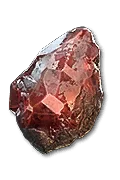 Resplendent Spark as a reward, or maybe even a guaranteed Mythic Unique
Resplendent Spark as a reward, or maybe even a guaranteed Mythic Unique - Secrets to uncover (like the Cow Level, or a hidden path leading straight to a dungeon in hell with a guarantied Mythic or 4 Greater Affix items at the end)
Crafting That Complements Loot, Not Replaces It
Loot is a big part in ARPGs. While Titan Quest 2 does not really have crafting just yet, it still seems to strike a nice balance with the items you find, instead of flooding you with trash. It also brings back set items that can again allow you to customize your build more.
Compare that to Diablo 4, where loot often feels bloated, with stat rolls that rarely excite past the early stages. A lot of Reddit posts already point out that Tempering and Masterworking often feel like they ruin your gear rather than improve it, due to how random and punishing the system can be.
A lot of people are also asking for the Set items to make a comeback! Those used to be key items in previous games, but are still missing in Diablo 4. Set Items could let players create new, original builds!
Tactical Combat That Isn’t Just About Numbers
Titan Quest II wants boss fights and elite enemies to feel like real boss fights, with real emphasis on movement, positioning, and avoiding telegraphed attacks. Think fewer one-shot mechanics, more pattern-based encounters.
In Diablo 4, once you hit endgame, combat can often boil down to AoE spamming and melting everything with high numbers. Players have been quick to call out the recurrent problem with Boss fights. Bosses just become HP sponges in the late game. The fights are full of one-shot mechanics you can barely avoid, and often have unskippable phases instead of feeling meaningful or fun. Add more enemy variety and mechanics that challenge how you fight, not just how much damage you can deal or take.
Conclusion: Not Competition but Real Inspiration
The goal isn’t to say one game is better than the other, or that one does everything better. The goal is to point out the good things that one can take inspiration from, to make it better. New games always push older ones to come up with fresh, inspiring ideas to improve themselves.
For Blizzard, this could be the perfect time to take notes. Diablo 4 has the foundation of something great, but if it wants to keep longtime players engaged and bring back those who bounced off, it might want to borrow a few pages from its mythological cousin.
